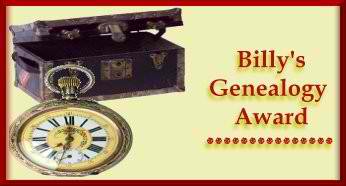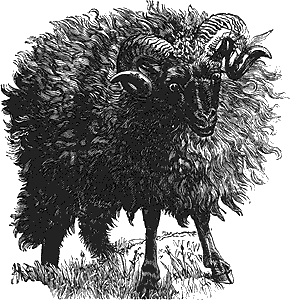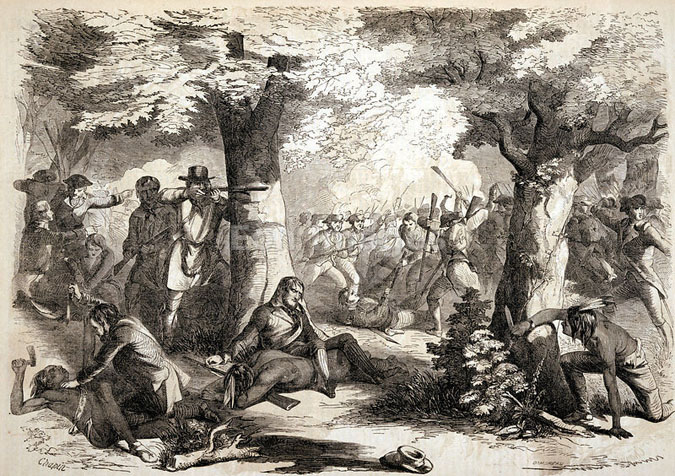 |

Based on the book,
"The House Family of the Mohawk"
by Melvin Rhodes Shaver¹
The Enterprise & News, St. Johnsville, New York²
FOREWORD (1942)
The following of the House Family in its journey with the Palatinate refugees from Germany to England, and with the assistance of Good Queen Anne and the Rev. Kocherthal to America, and its genealogical lines since reaching these shores in years 1708 to 1710 has been a more momentous undertaking than I anticipated when beginning the task.
The early history of the family was taken from records found in the archives of the Mohawk Valley; the latter history from members of the present generation.
Errors there may be and omissions also, but these must be excused as only the data which each branch or member thereof furnished could be used in the records.
With gratitude to those who in any way assisted in the gathering of the records. I submit them for your approval.
Melvin Rhodes Shaver
Ransomville, NY, 1942
FURTHER FOREWORD (2012)
by Jeff Hause
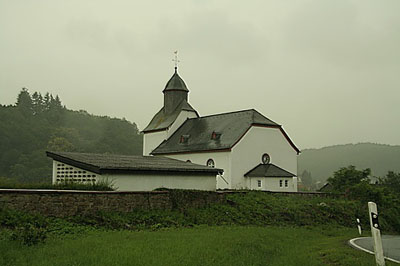 The village chapel overlooking Großaltenstädten. |
Johann Christian Hauß wasn't a Baron or a Noble—he was just a carpenter. He had struggled to survive through wars, plagues, environmental disasters, and purges for around 45 years. (Which makes for a lot of steady rebuilding work if you're a carpenter. Unfortunately it also means that nobody can pay you for it.)
So, in 1709, Johann Christian Hauß took his wife and his six-to-eight kids to the New World. He was already older than most when he made the trip—45 years was a long time to live in the 17th Century (especially in Großaltenstädten). But he wanted to provide a safer, happier future for his sons and daughters.
The family would move several times in this fashion over the next few hundred years—always towards the untamed wilderness, searching for a better future for the coming generations. And somehow, 300 years later, here we are.

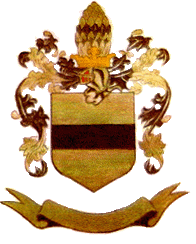 Until 1100 AD, most people in Europe had only one name (in fact this is still true in some scattered areas). As infant baptism was an integral part of church rites, the common practice was that the baby would take the given name of its sponsor at the christening—which resulted in a very limited number of names being used. Six or seven for either sex would have covered 90% of the population of Germania—Margaretha, Elisabetha, Juliana, Katharina, Susanna, Dorothea, Konrad, Georg, Jakob, Philipp, Adam, and Johannes. Sometimes the name was preceded by a courtesy saint's name, which had to be Johann for boys and could be Anna or Maria for girls.
Until 1100 AD, most people in Europe had only one name (in fact this is still true in some scattered areas). As infant baptism was an integral part of church rites, the common practice was that the baby would take the given name of its sponsor at the christening—which resulted in a very limited number of names being used. Six or seven for either sex would have covered 90% of the population of Germania—Margaretha, Elisabetha, Juliana, Katharina, Susanna, Dorothea, Konrad, Georg, Jakob, Philipp, Adam, and Johannes. Sometimes the name was preceded by a courtesy saint's name, which had to be Johann for boys and could be Anna or Maria for girls.
Soon tracking down a particular "Johann" in a large village became a nightmare. As the population began to grow in ever-expanding towns and villages, there needed to be a way to differentiate between all of the Johns, Williams and Roberts living in the same area.
To overcome this problem, the use of family names (or "surnames") came into vogue in the 14th and 15th centuries. Each family's name evolved from definable characteristics of the head member. For instance, if the tallest William in town was called "William the long fellow," then ultimately he became "William Longfellow." It was also common to select a term indicating the person’s location or occupation. So "John who lives by the apple orchard," eventually became "John Appleby" (which eventually became a very mediocre restaurant chain, but that's another story).
The "Hause" or "Hauß" surname is German in origin, and is a cognate of the Old English word "hus," meaning "house." According to the New Dictionary of American Names, by Elsdon C. Smith, the name is a locational term, meaning "dweller at" or "in a house for which money was paid." The name may have been initially borne by someone who owned his own house, or by someone who had some connection to the most important house in the town of origin ... Or maybe it just refers back to a village in the Netherlands, named Haus, Aas or Aus. In each of these areas, the name is pronounced differently. There were countless variations on the name in pronounciation and spelling from region to region—especially in Germany:
|
Modern English
|
Alsatian
|
High Alemannic
|
Standard German
|
Swabian German
|
|
Hause/House
|
Hüüs [hy-s]
|
Huus
|
Haus
|
Hous
|
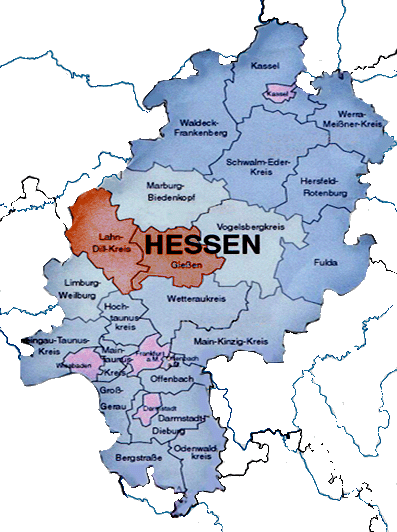 |
There were many Dutch and English variations on the Hauß name. But families using our family's Coat of Arms were first recorded during the early Middle Ages around the Rhine River, which was then the base of the Holy Roman Empire. They formed alliances with other influential families in the region and were given the Hauß surname. The bearers of that monicker and its many offshoots prospered in politics, religious careers and military service. By the 16th Century, the Hauß family had branched out into all parts of Europe—holding titles and estates in France, Germany, Prussia and Italy. The French branch was raised to nobility in 1722. The Prussian branch became Barons in 1814, and were joined by the German branch in 1868. Our line of the family wasn't so fortunate...

"In the census of 1713-1714 is shown that Christian Hauss and wife Maria Catherina together with eight children are living at New-Heesburg on the Hudson River. It can be easily seen that most of these children were by the first wife and bears out a tradition in the House family that 'six brothers came from England to America together.'"
—"The House Family of the Mohawk," by Melvin Rhodes Shaver. Publisher: St. Johnsville: Enterprise, 1942. Chapter 1, Page 3.
|
||||||||||||||||||||||||||||||
We are the descendants of Johann Christian Hauß—Sons and Daughters of the American Revolution (though family members fought on both sides, as Patriots and Loyalists). Our family has survived the plague, the French raids on the Palatinate, the War of 1812, the Civil War, two World Wars... heck, we even survived the dreaded "Millennium bug!" We are teachers, writers, artists, store owners, carpenters and farmers (with a black sheep or two thrown in). We are German, English, and Dutch—with a little Indian mixed in. We traveled with the tide of immigrants that streamed north from the Atlantic seaboard, up the forested basin of the Hudson to the Mohawk Valley, veered west into the Finger Lakes, battled upriver to Lake Erie, flowed along the wild rivers of Michigan—and then trickled down the West Coast, where we crashed onto the coast of the shining Pacific Ocean... where I sit like so much useless flotsam, typing up this family history (okay, maybe I took the water metaphor a little far).
We are the Hauss/Haus/House family, damnit...hear us roar...or at least boast a little bit. Click on a link, below, and begin your journey with the Hauß line to the New World...
|
FOREWARDS: BY MELVIN RHODES SHAVER (AND JEFF HAUSE) CHAPTER 1: THE HAUß FAMILY IN THE DUCHY OF SOLMS CHAPTER 2: JOHANN CHRISTIAN HAUß CHAPTER 3: THE NEW WORLD CHAPTER 4: FROM HAUSS TO HOUSE CHAPTER 5: THE AMERICAN REVOLUTION
APPENDIX #1: JOHANN RHEINHARDT HAUSS GENEALOGY APPENDIX #2: JOHANN JURRIAN (GEORGE) HAUSS GENEALOGY APPENDIX #3: HOUSE LINES IN CANADA APPENDIX #4: HAUß HERALDRY APPENDIX #5: HAUß FAMILY TIMELINE APPENDIX #6: LINKS TO OTHER SITES |
NOTES ON THIS PAGE:
¹—Lockport Deputy Sheriff and part-time genealogist Melvin Rhodes Shaver (26 Aug 1869 - 7 Aug 1956) was married to House descendant Lillie Josephine Smith (1872 - 3 Aug 1956) in the year 1892. During the nineteen-thirties, Melvin wrote a series of genealogical articles about his wife's ancestors in the The St. Johnsville Enterprise and News based on research he had done with genealogist Frank D. Duel (their completed work was originally written in manuscript form as, "HOUSE FAMILY, Ransomville, N.Y.," dated January 26, 1933). Shaver's newspaper articles, featuring descriptions of brother fighting brother in the vicious battle of Oriskany and desperate isolated women and children dressing as militia men inside blockhouses to fool the attacking Tories were popular, and inspired the novel and film Drums Along the Mohawk. Shaver's writing finally appeared in book form in 1944, entitled THE HOUSE FAMILY OF THE MOHAWK. All of the research material for the book was donated to Cornell University, and is available to view in the Division of Rare and Manuscript Collections at the Carl A. Koch Library, Ithaca, NY 14853-5302 (607-255-3530). Ask for "Rice family genealogy, 1600-1918. Collection Number: 1072. Tell them Jeff sent you. (But you'll still have to pay for any photocopies.) After over 60 years of wedded bliss, Lillie Josephine Smith-Shaver died on Tuesday, August 3, 1956, at the age of 84. Heartbroken, Melvin then died on the morning of her funeral, at the age of 86. (Source: Mexico Independent newspaper of Thursday, 16 Aug 1956)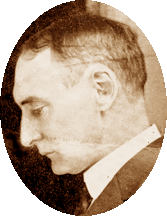
|
TOP IMAGE: An 1857 print by John Reuben Chapin (1823-1894) shows the scene during the battle at Oriskany, in which the House family fought on BOTH sides. Originally published in Ballou's Pictorial Drawing Room Companion, May 2, 1857, by Maturin Murray Ballou; Charles F. Damoreau, engraver.

"I've seen lots of websites celebrating the 847 Palatine families who arrived in colonial New York in 1710 and can honestly say that yours is among the very best. Great work!"
—Henry Z. Jones, author of "The Palatine Families of New York—1710."
 |
|
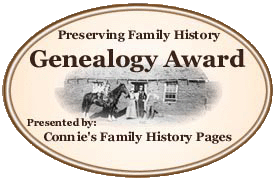 |
"I enjoyed looking at your website. You have a lot of fascinating stories there, and I'm sure members of the wider Hause family have learned a great deal from it. You're lucky to be descended from such a fascinating group of people."
—Philip L. Otterness, author of "Becoming German: The 1709 Palatine Migration to New York."
 |
 |
 |
 |
 |
 |


COUSINS, COLLABORATORS & CO-CONSPIRATORS... |
|
|
|
|
|
... AND THE BIG GUNS, THE PROFESSIONALS... |
|
|
|
|
|
|
|
|
|
|
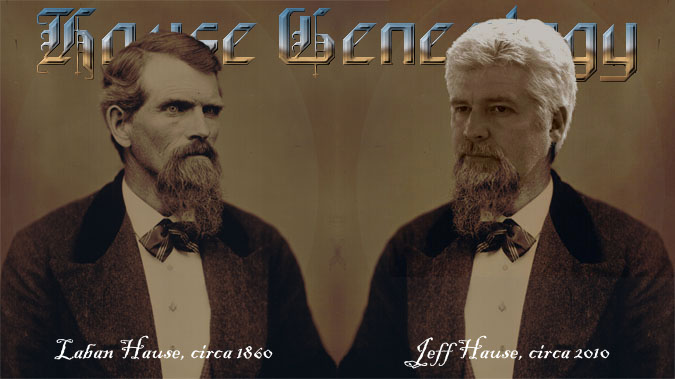 |





